Home>Gardening & Outdoor>Plant Care & Gardening Tips>How Tall Do Siberian Wildflowers Grow
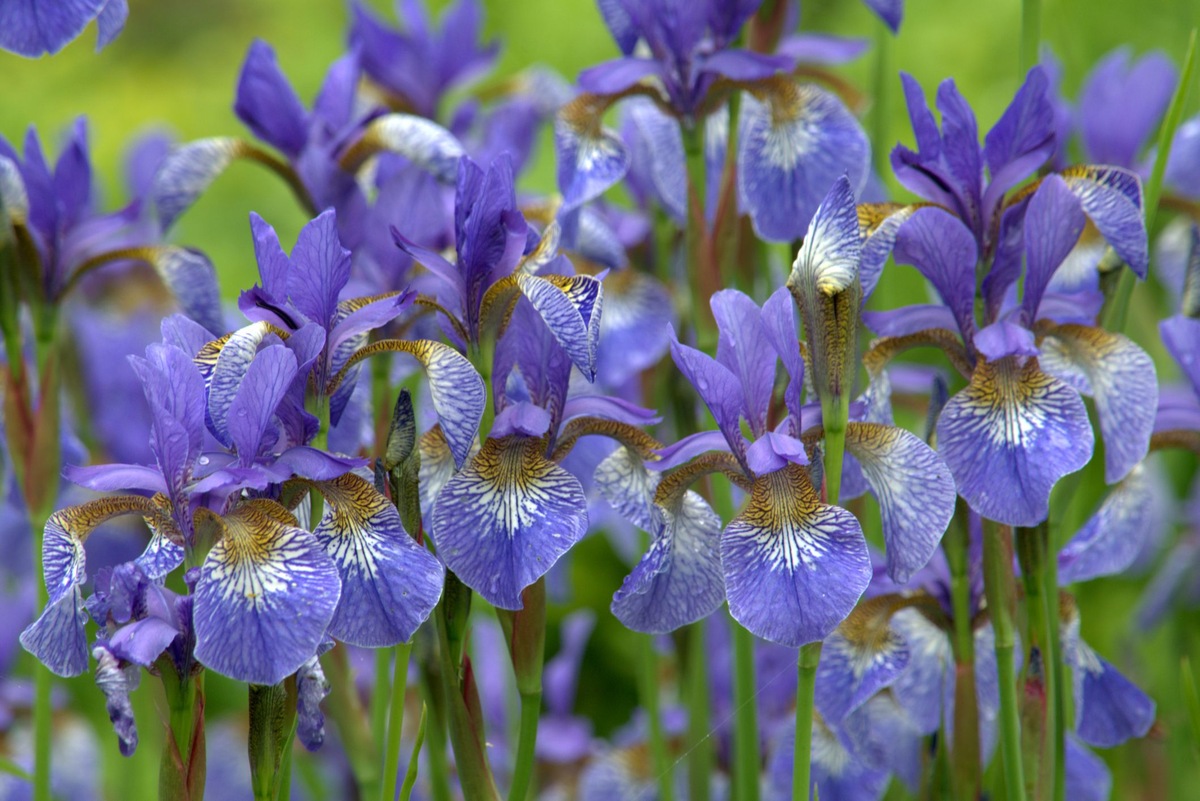

Plant Care & Gardening Tips
How Tall Do Siberian Wildflowers Grow
Modified: January 5, 2024
Discover the ideal height for Siberian wildflowers and get expert plant care and gardening tips to help them thrive. Learn how to cultivate these beautiful plants with ease.
(Many of the links in this article redirect to a specific reviewed product. Your purchase of these products through affiliate links helps to generate commission for Storables.com, at no extra cost. Learn more)
Introduction
Welcome to the enchanting world of Siberian wildflowers, where nature's beauty flourishes in the form of diverse and captivating blooms. As an avid gardener or nature enthusiast, you may have found yourself marveling at the exquisite sight of these wildflowers adorning meadows, woodlands, and garden borders. One of the intriguing aspects of these wild wonders is their varying heights, which can range from petite blooms gently caressing the ground to towering blossoms that command attention.
In this article, we will delve into the fascinating realm of Siberian wildflowers and explore the factors influencing their height. Understanding the heights of these wildflowers is not only essential for gardeners and horticulturists but also contributes to our appreciation of the natural world and its intricate ecosystems. By gaining insights into the heights of Siberian wildflowers, we can enhance our gardening practices, cultivate a deeper connection with nature, and foster a greater understanding of these remarkable floral specimens.
So, let's embark on a journey through the Siberian wilderness, where an array of wildflowers awaits, each with its own unique height and charm. Join me as we uncover the secrets behind the impressive stature of these blooms and gain a newfound appreciation for the captivating world of Siberian wildflowers.
Key Takeaways:
- Siberian wildflowers vary in height due to genetics, environment, and competition for resources, showcasing nature’s adaptability and resilience in the rugged Siberian landscape.
- From petite Siberian squill to towering Siberian angelica, these wildflowers captivate with their diverse heights, adding beauty and grandeur to Siberia’s natural tapestry.
Read more: What Wildflower Is Purple And Tall
Overview of Siberian Wildflowers
Siberian wildflowers encompass a diverse array of plant species that thrive in the unique climatic conditions of the Siberian region. From the expansive Siberian taiga to the picturesque meadows and riverbanks, these wildflowers contribute to the region’s rich biodiversity and add vibrant splashes of color to the landscape.
One of the remarkable characteristics of Siberian wildflowers is their adaptability to the harsh and often unpredictable Siberian climate. These hardy blooms have evolved to withstand the region’s long, frigid winters and relatively short growing seasons, making them resilient and well-suited to the challenging environmental conditions.
From delicate, low-lying ground covers to majestic, towering blossoms, Siberian wildflowers come in a wide range of sizes, shapes, and colors. Their heights are influenced by various factors, including genetic predisposition, environmental conditions, and available resources. Understanding the factors that contribute to the height of these wildflowers is crucial for gardeners and botanists seeking to cultivate and preserve these natural wonders.
Furthermore, Siberian wildflowers play a vital role in supporting local ecosystems by providing nectar and pollen for pollinators, such as bees and butterflies, and serving as food sources for indigenous wildlife. Their presence contributes to the overall health and balance of Siberia’s natural habitats, making them an integral part of the region’s ecological tapestry.
As we continue our exploration, we will unravel the intricate relationship between Siberian wildflowers and their environment, shedding light on the factors that influence their height and the remarkable adaptations that enable them to thrive in this rugged and awe-inspiring landscape.
Factors Affecting Wildflower Height
The height of Siberian wildflowers is influenced by a myriad of factors, each playing a crucial role in shaping the stature of these captivating blooms. Understanding these factors is essential for gardeners, botanists, and nature enthusiasts seeking to comprehend the intricacies of wildflower growth and adaptability in the Siberian landscape.
Genetic Predisposition: The genetic makeup of each wildflower species contributes significantly to its potential height. Certain genetic traits dictate the maximum height a wildflower can attain, influencing its growth patterns and overall stature. These genetic predispositions are inherited and passed down through generations, contributing to the diverse range of heights observed among Siberian wildflowers.
Environmental Conditions: The environmental factors in Siberia, including sunlight, temperature, soil composition, and moisture levels, play a pivotal role in determining wildflower height. Sun-loving species may exhibit taller growth in open, well-lit areas, while those adapted to shaded environments may have more modest heights. Additionally, the availability of nutrients in the soil and adequate moisture levels directly impact the growth and development of wildflowers, influencing their ultimate height potential.
Competition for Resources: Within the natural ecosystem, wildflowers often compete for essential resources such as sunlight, water, and nutrients. This competition can influence their height as they adapt to thrive in their specific microenvironments. In densely populated wildflower communities, individual plants may adjust their growth patterns to optimize resource acquisition, potentially leading to variations in height within the same species.
Adaptations to Climate: Siberian wildflowers have evolved remarkable adaptations to survive the region’s challenging climate. These adaptations can directly impact their height, as certain species may exhibit traits that enable them to thrive in colder temperatures, withstand strong winds, or endure periods of drought. These adaptive features contribute to the diverse array of heights observed among Siberian wildflowers, reflecting their resilience and ability to thrive in the face of environmental adversity.
By considering these influential factors, we gain valuable insights into the complex interplay of genetics, environment, and adaptation that shapes the height of Siberian wildflowers. This deeper understanding enhances our appreciation for the remarkable resilience and diversity of these captivating blooms, enriching our connection to the natural world.
Siberian wildflowers can grow up to 3 feet tall, so make sure to give them plenty of space to spread out in your garden or natural area.
Common Siberian Wildflower Species and Their Average Height
Within the vast expanse of Siberia, a diverse array of wildflower species grace the landscape, each contributing its unique charm and beauty. These common Siberian wildflowers exhibit a range of heights, adding depth and dimension to the region’s floral tapestry. Let’s explore some of these captivating species and their average heights, offering insight into the stunning variety of blooms that thrive in this rugged terrain.
- Siberian Iris (Iris sibirica): Known for its elegant, deep blue or purple blooms, the Siberian iris typically reaches an average height of 24 to 36 inches (60 to 90 centimeters). This graceful perennial adds a touch of sophistication to meadows and garden borders, attracting admirers with its slender, towering stems and delicate petals.
- Siberian Squill (Scilla siberica): A delightful harbinger of spring, the Siberian squill boasts clusters of vibrant blue flowers atop slender stems, reaching an average height of 4 to 6 inches (10 to 15 centimeters). This diminutive yet resilient wildflower creates a stunning carpet of color, often naturalizing in woodland settings and open grassy areas.
- Siberian Wallflower (Erysimum cheiri): With its striking clusters of orange, red, or yellow blossoms, the Siberian wallflower adds a pop of vivid color to the landscape. This biennial or short-lived perennial typically achieves a height of 12 to 24 inches (30 to 60 centimeters), creating eye-catching displays in rock gardens and sunny borders.
- Siberian Lily (Lilium pensylvanicum): Sporting nodding, bell-shaped flowers in shades of pink and white, the Siberian lily graces the Siberian countryside with its elegant presence. This exquisite wildflower reaches an average height of 18 to 24 inches (45 to 60 centimeters), infusing the surroundings with its enchanting fragrance and timeless allure.
These are just a few examples of the captivating Siberian wildflowers that adorn the landscape with their distinctive blooms and varying heights. Each species contributes to the rich tapestry of colors and forms that define Siberia’s floral heritage, captivating the imagination and inspiring a deeper appreciation for the natural world.
The Tallest Siberian Wildflowers on Record
Among the enchanting array of Siberian wildflowers, several species stand out for their impressive height, commanding attention with their towering stature and majestic presence. These remarkable blooms have captured the imagination of botanists, nature enthusiasts, and gardeners alike, earning their place as the tallest representatives of Siberia’s floral kingdom. Let’s embark on a journey to discover these extraordinary wildflowers and marvel at their awe-inspiring heights.
- Siberian Angelica (Angelica sylvestris): Renowned for its imposing height, the Siberian angelica stands as one of the tallest wildflowers in the region, reaching towering heights of 6 to 9 feet (1.8 to 2.7 meters). This striking perennial commands attention with its robust stems, large umbrella-like clusters of white flowers, and impressive architectural presence in wet meadows and along riverbanks.
- Siberian Larkspur (Delphinium grandiflorum): With its stately spikes of vibrant blue or purple blossoms, the Siberian larkspur emerges as another towering giant among Siberian wildflowers, boasting heights of 3 to 5 feet (0.9 to 1.5 meters). This perennial beauty adds a vertical dimension to meadows and open woodlands, captivating onlookers with its regal appearance and striking floral displays.
- Siberian Milkweed (Asclepias syriaca): As one of the loftiest representatives of Siberian wildflowers, the Siberian milkweed stands tall at heights of 4 to 6 feet (1.2 to 1.8 meters). Its clusters of intricate, pink-tinged flowers and broad, lance-shaped leaves create a captivating spectacle, while also serving as a vital source of nectar for pollinators and supporting the region’s delicate ecosystems.
These towering Siberian wildflowers exemplify the remarkable heights that certain species can achieve, adding a sense of grandeur and majesty to the region’s natural landscapes. Their impressive stature serves as a testament to the resilience and adaptability of Siberia’s flora, captivating all who encounter these magnificent blooms.
Read more: How To Grow A Wildflower Meadow
Conclusion
As we conclude our exploration of Siberian wildflowers and their heights, we have gained a deeper appreciation for the captivating world of floral diversity that thrives in this rugged and enchanting landscape. From the delicate blossoms that grace the forest floor to the towering giants that command attention, Siberian wildflowers embody resilience, beauty, and adaptability, enriching the natural tapestry of the region.
By understanding the factors that influence wildflower height, including genetic predisposition, environmental conditions, competition for resources, and climate adaptations, we have unraveled the intricate web of influences that shape the stature of these remarkable blooms. This knowledge not only enhances our understanding of wildflower growth but also provides valuable insights for gardeners, horticulturists, and conservationists seeking to cultivate, preserve, and celebrate Siberia’s floral heritage.
Furthermore, the exploration of common Siberian wildflower species and the tallest blooms on record has allowed us to marvel at the stunning variety and grandeur of these floral wonders. Whether it’s the elegant Siberian iris gracing the meadows or the towering Siberian angelica commanding attention along riverbanks, each wildflower species contributes its unique charm and beauty to the Siberian landscape, captivating the hearts and imaginations of all who encounter them.
As we reflect on our journey through the realm of Siberian wildflowers, let us carry forth a renewed sense of wonder and reverence for the natural world. May we continue to cultivate a deep connection with nature, nurturing and preserving the rich tapestry of wildflowers that grace our planet’s diverse ecosystems. In doing so, we honor the resilience, beauty, and captivating heights of Siberian wildflowers, perpetuating their legacy for generations to come.
So, as you venture into gardens, meadows, and woodlands, may the sight of these wild wonders remind you of the remarkable heights that nature’s beauty can reach, inspiring awe and appreciation for the exquisite floral treasures that adorn our world.
Frequently Asked Questions about How Tall Do Siberian Wildflowers Grow
Was this page helpful?
At Storables.com, we guarantee accurate and reliable information. Our content, validated by Expert Board Contributors, is crafted following stringent Editorial Policies. We're committed to providing you with well-researched, expert-backed insights for all your informational needs.
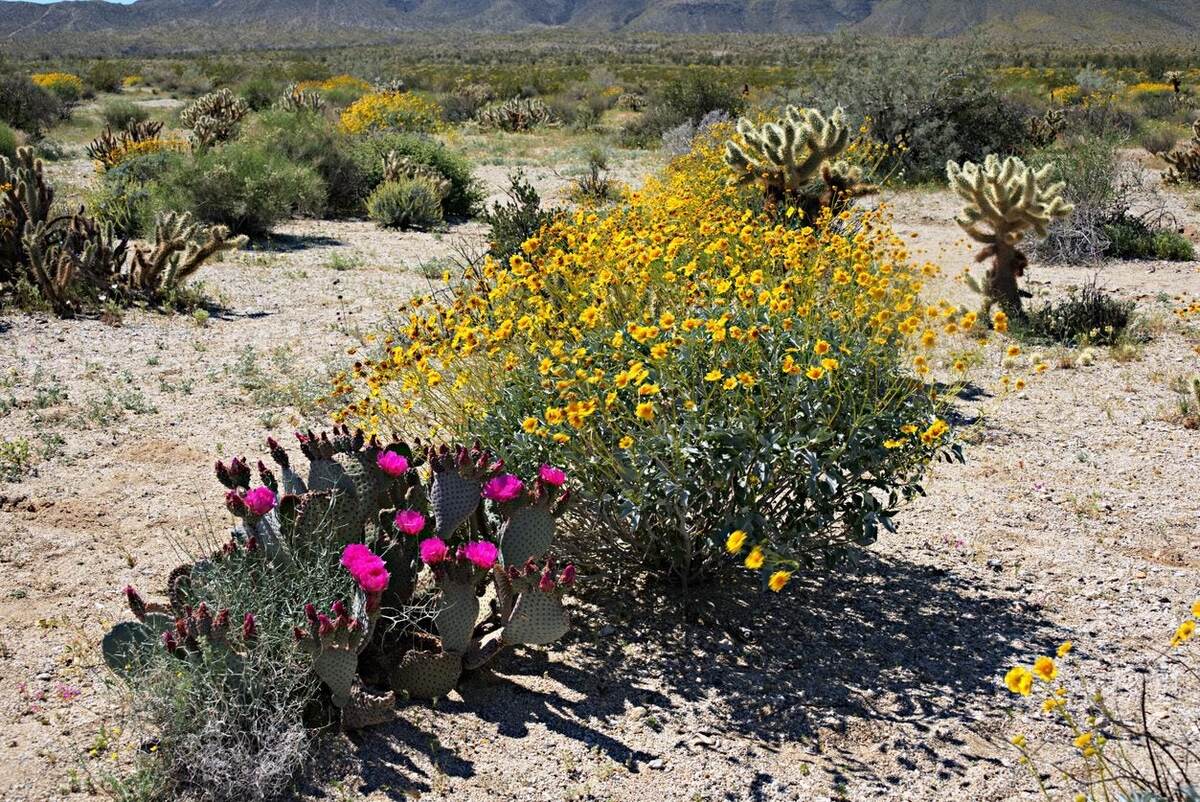
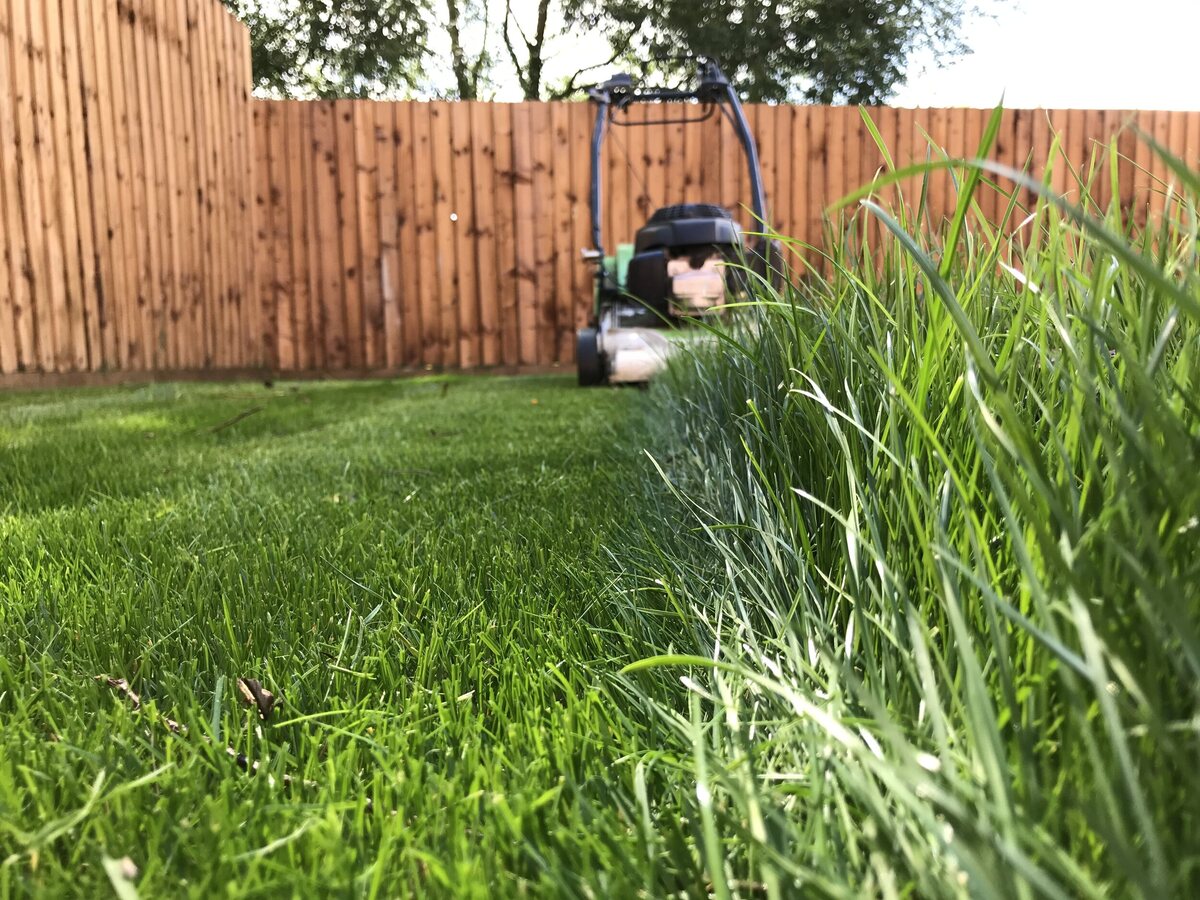
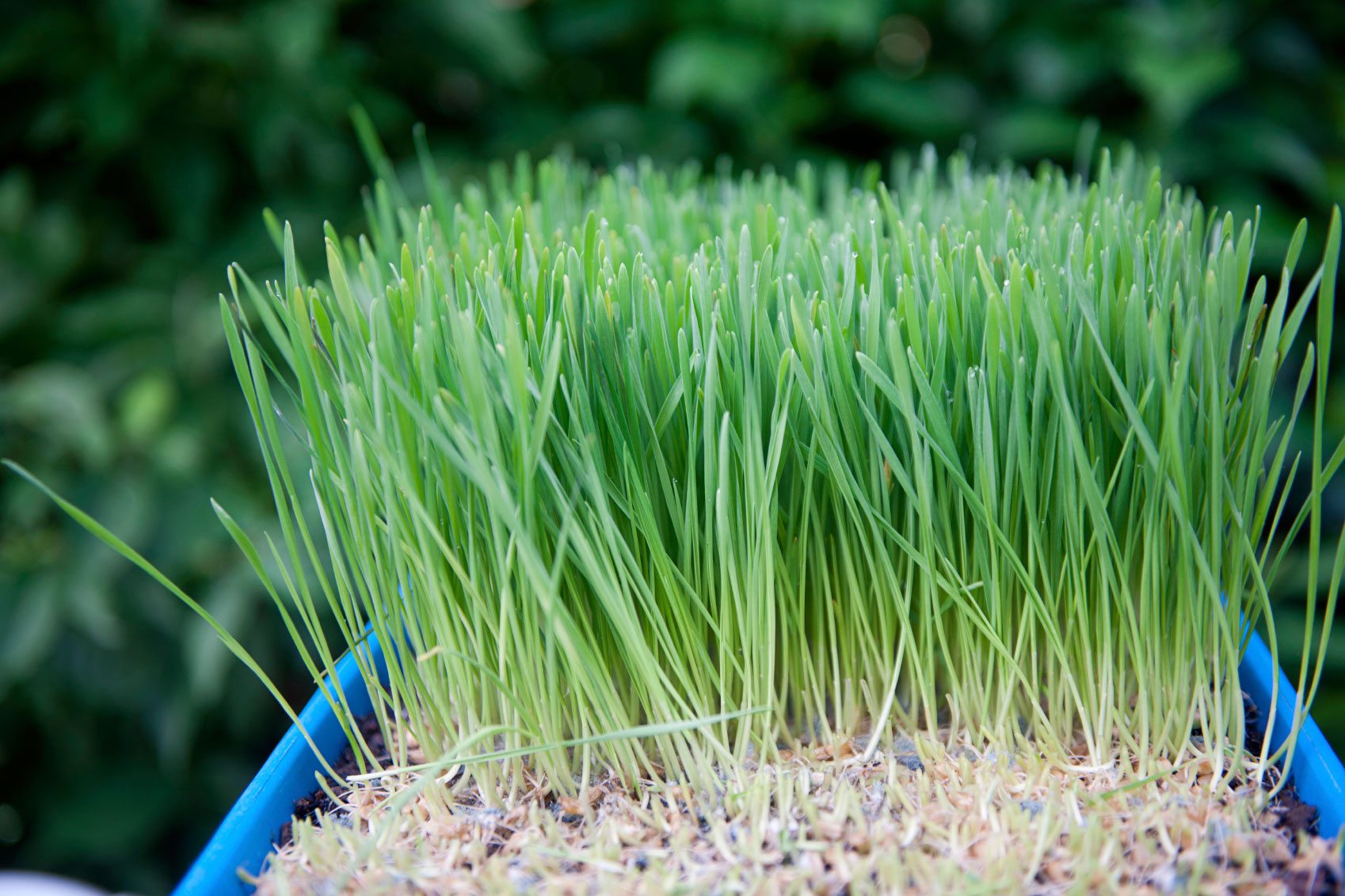
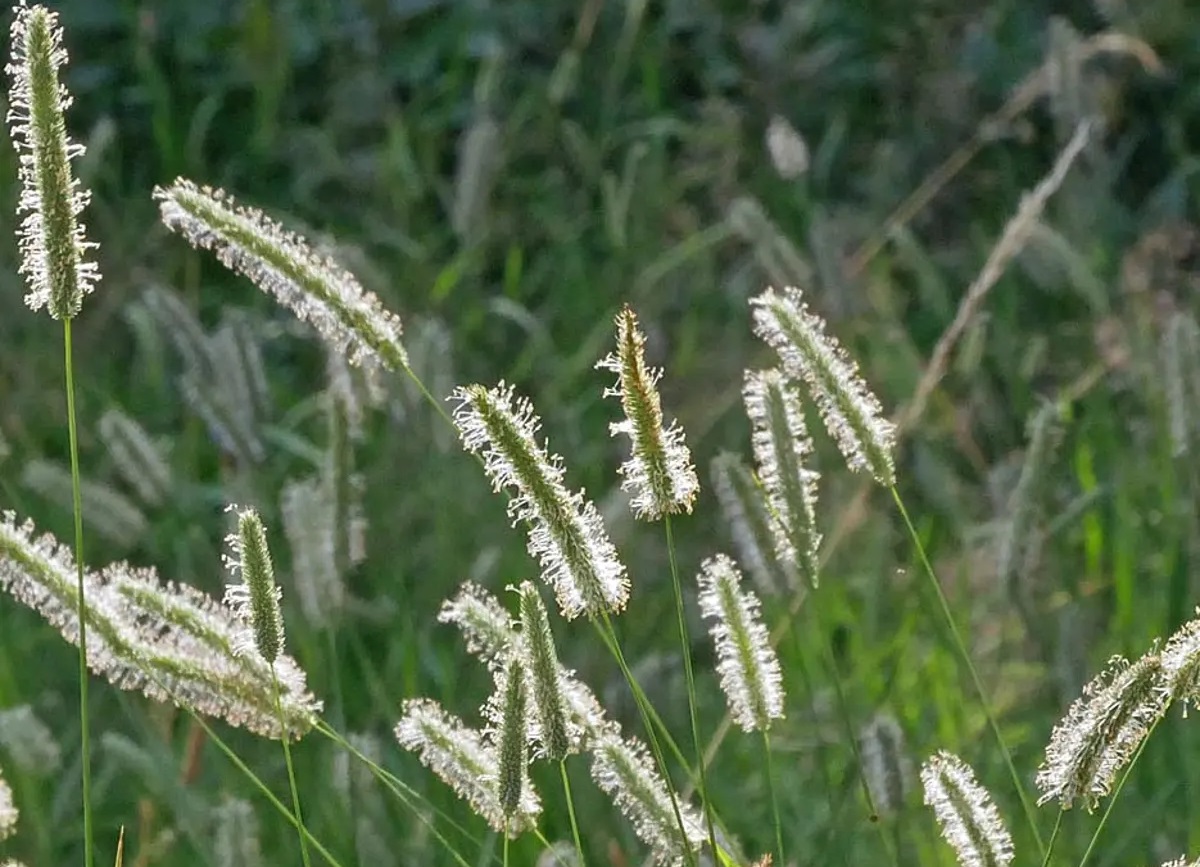
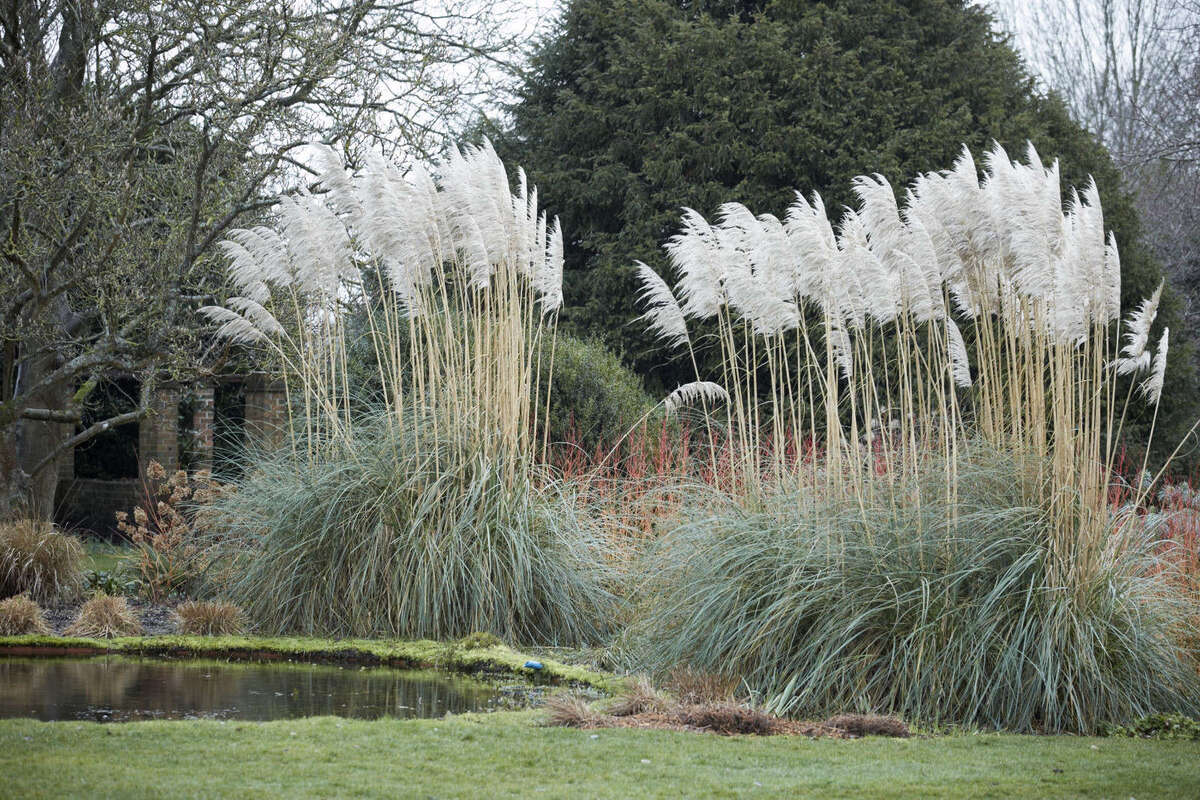
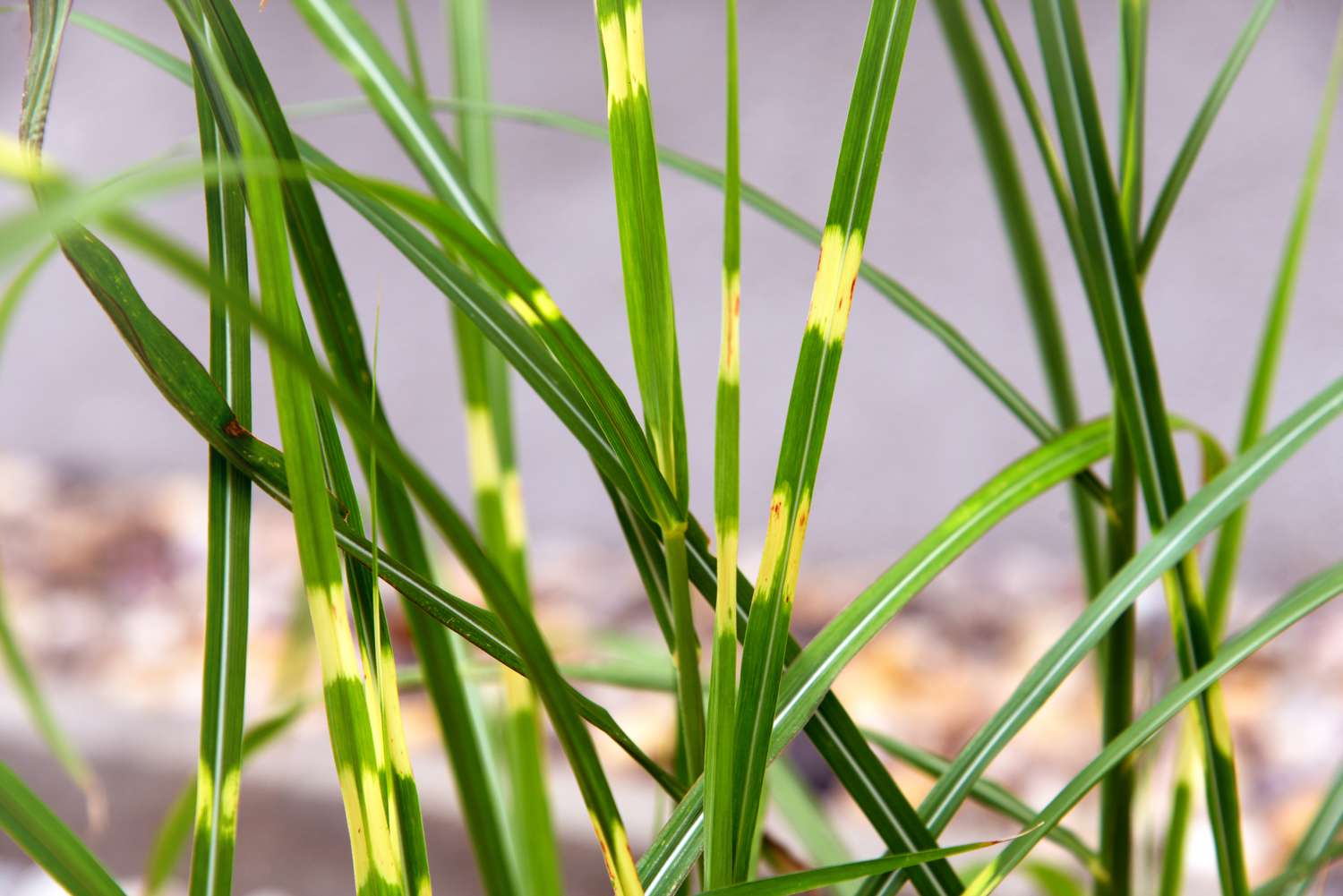

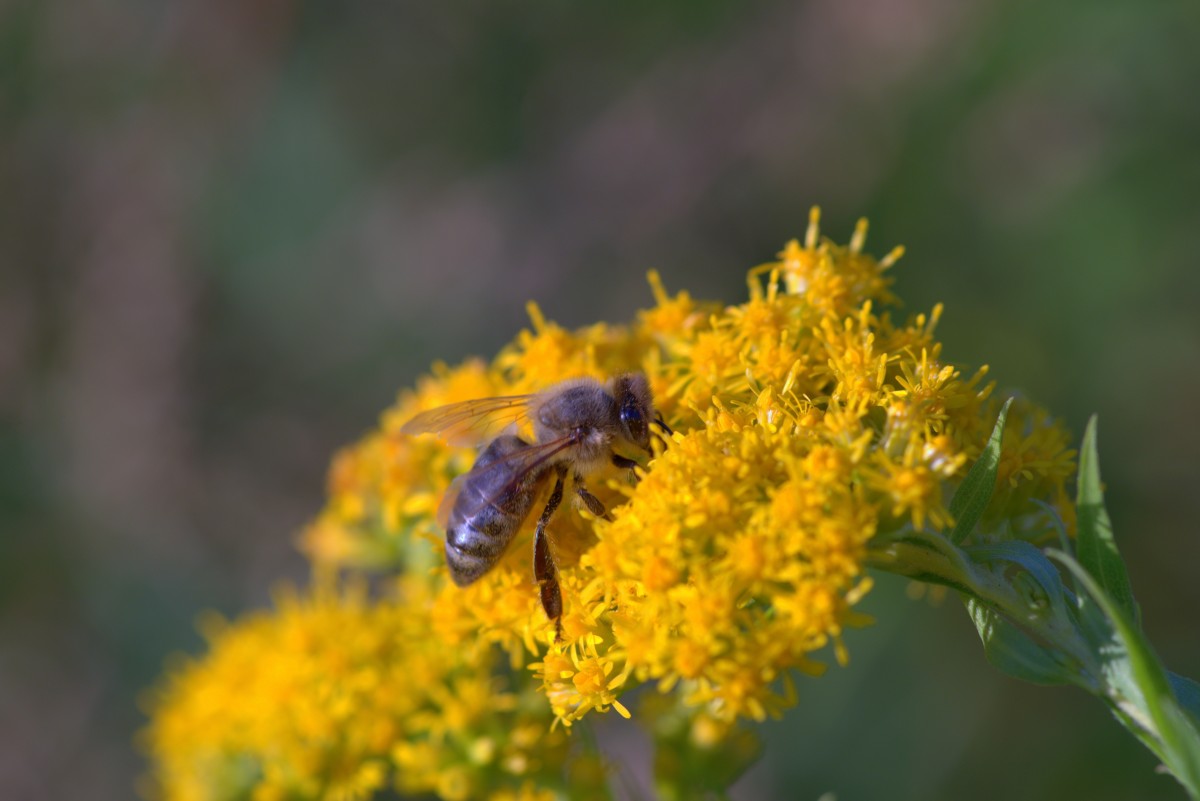
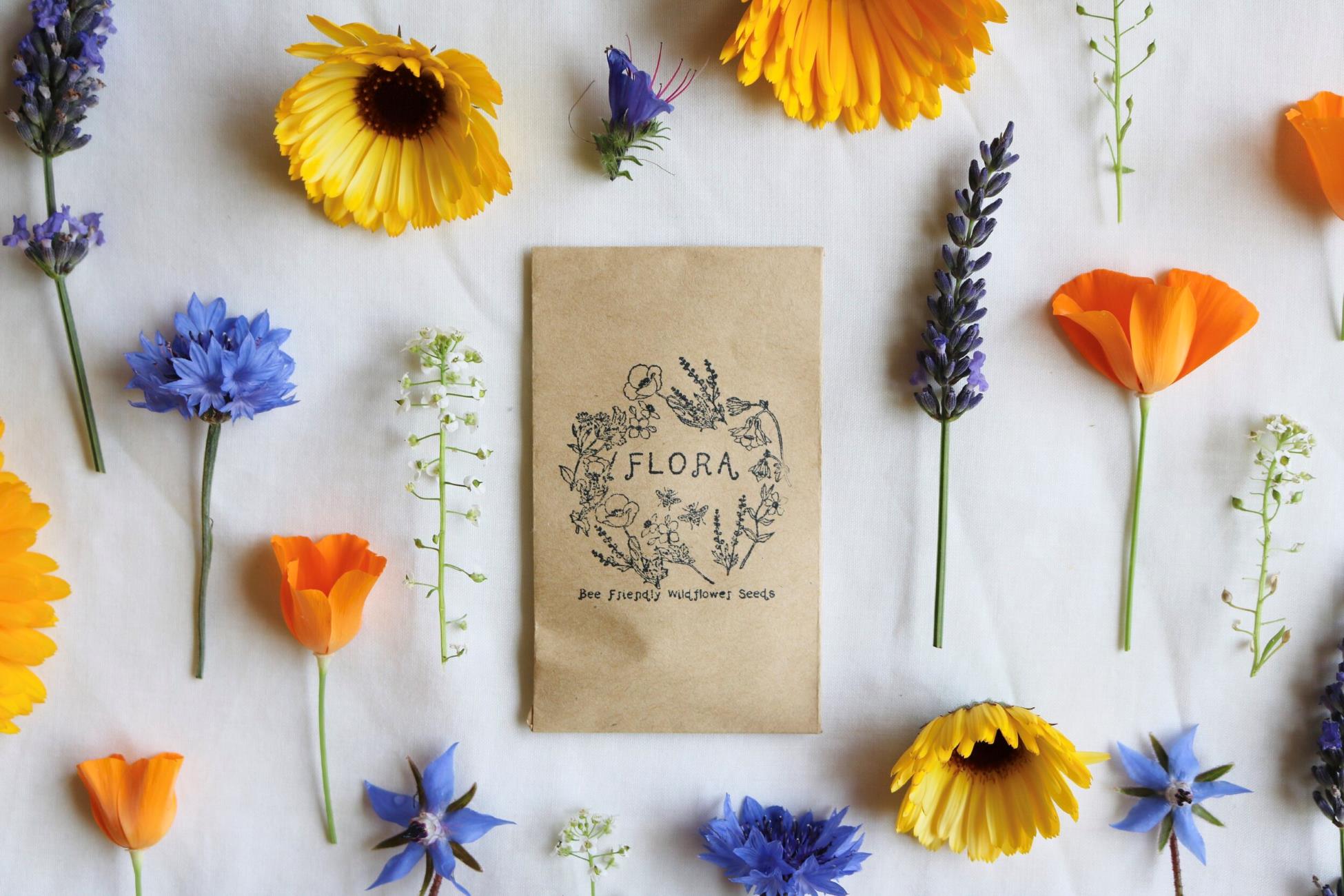
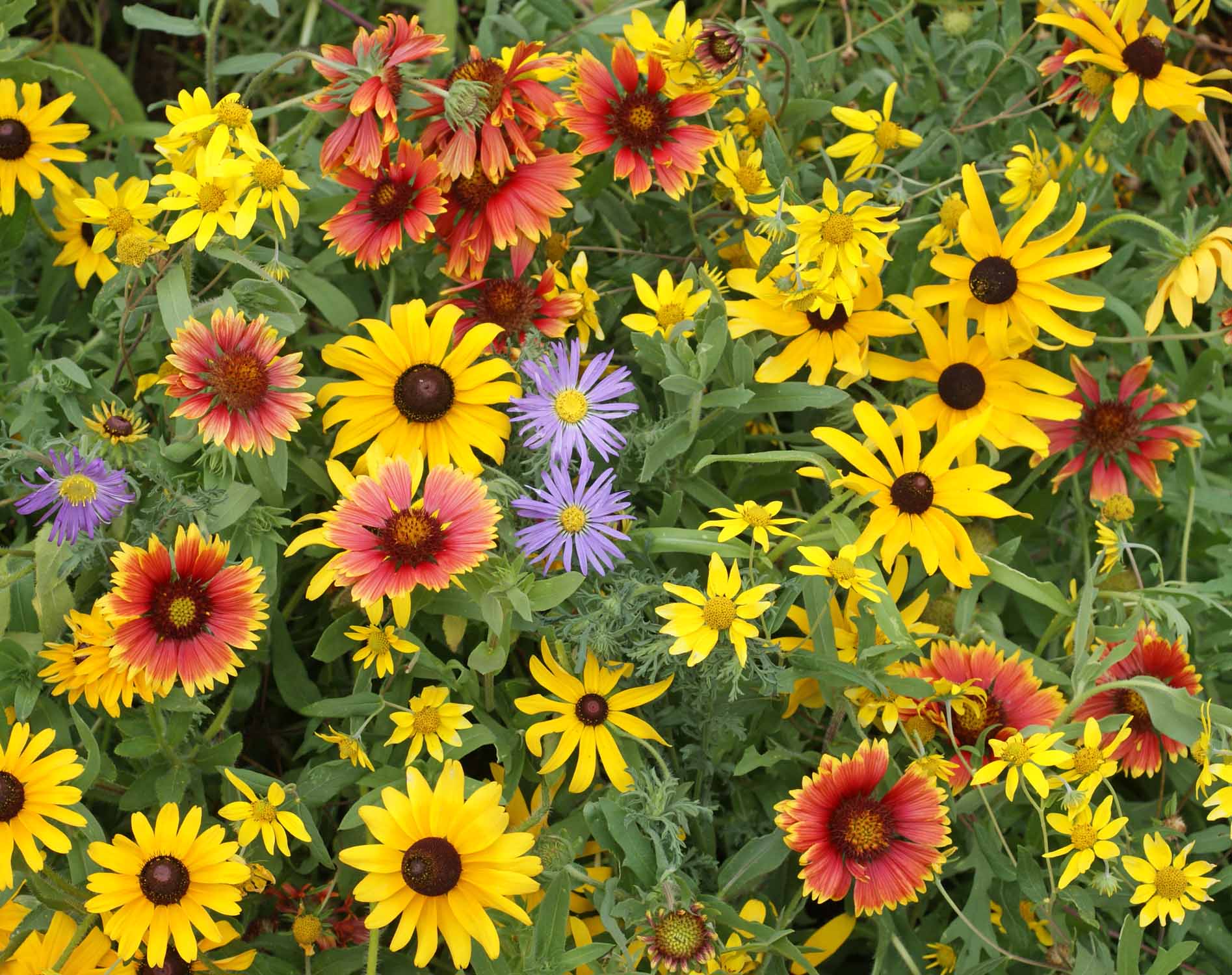
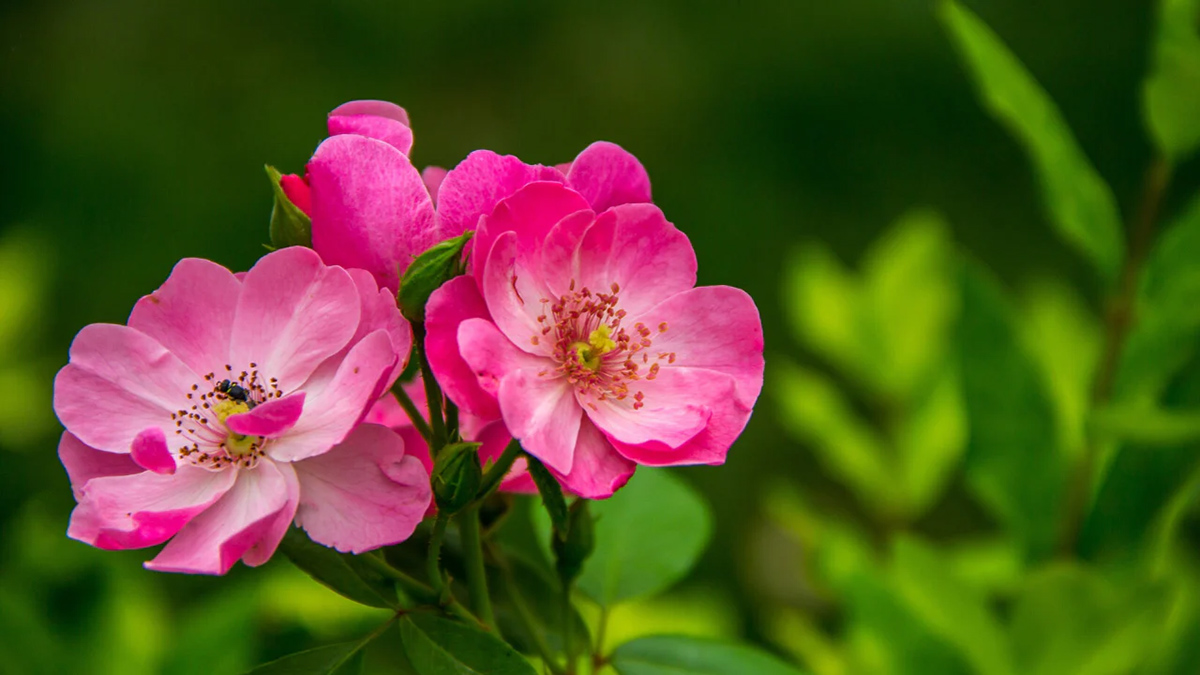
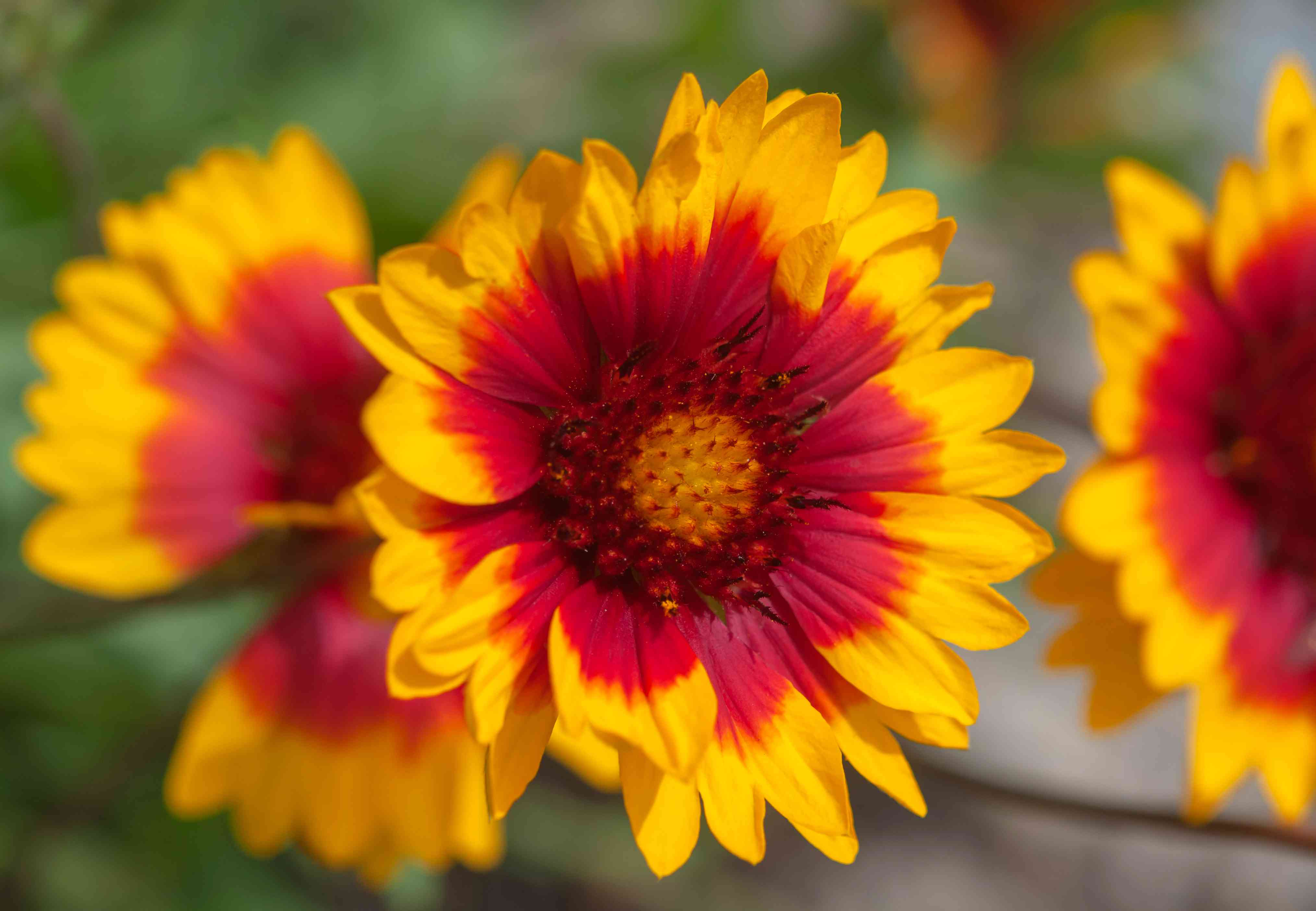
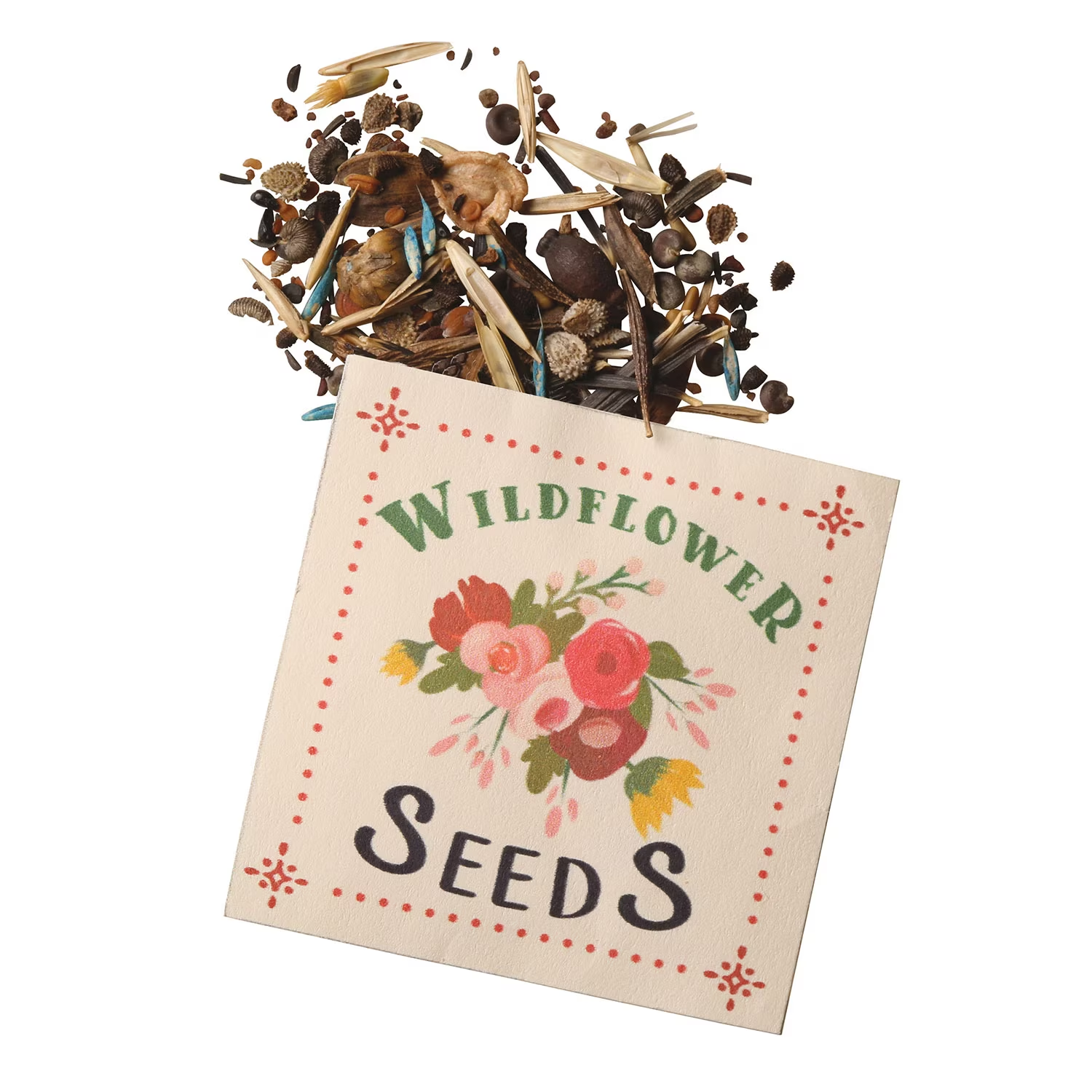
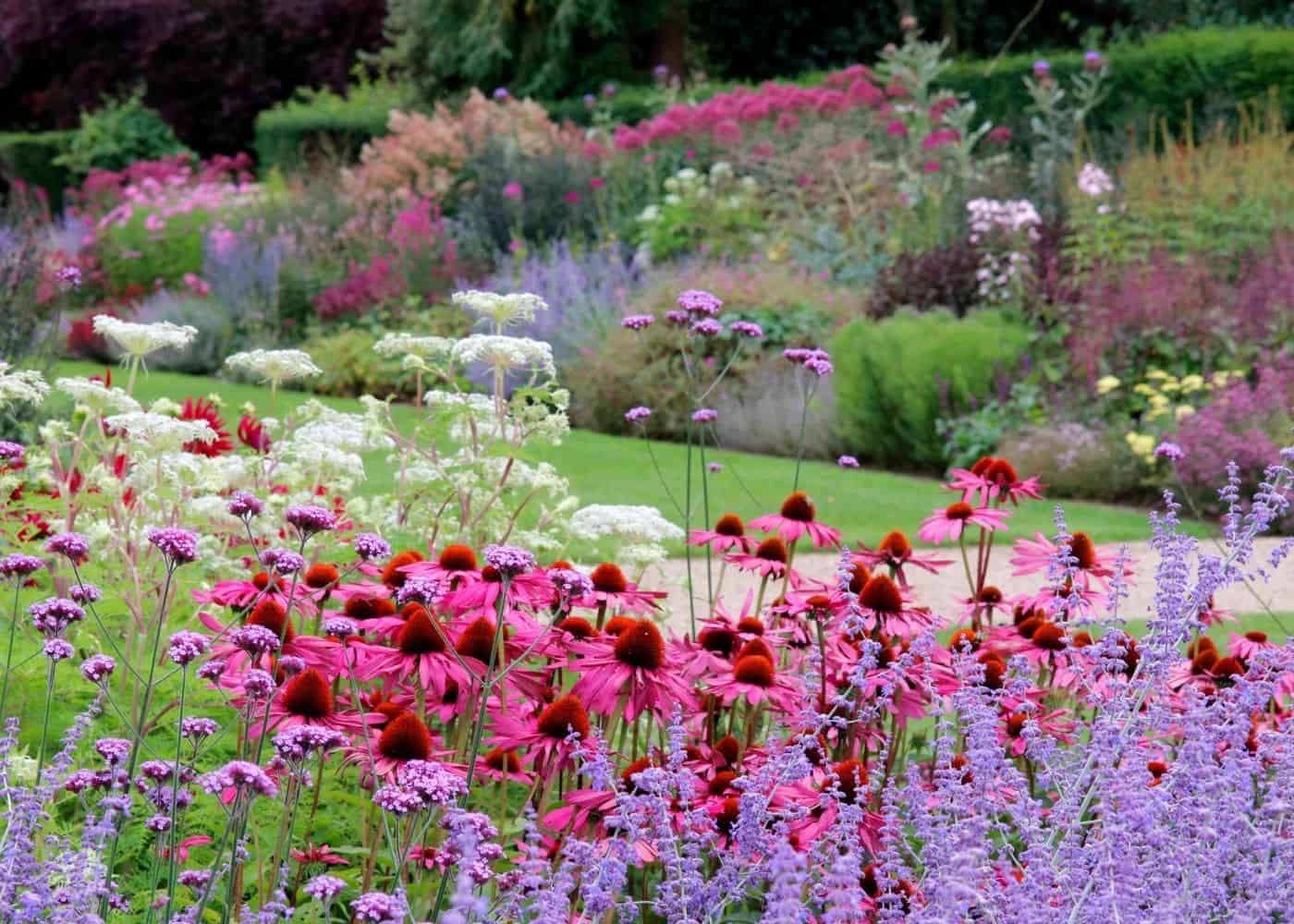

0 thoughts on “How Tall Do Siberian Wildflowers Grow”